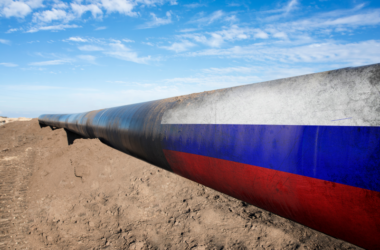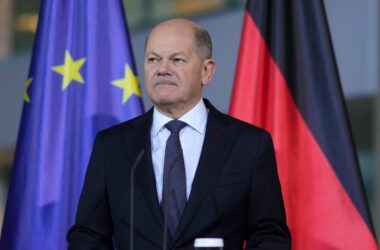Germany is facing an unprecedented surge in drug trafficking — with cocaine at the forefront. Once a “status” drug for the elite, it is now rapidly becoming a widespread phenomenon, law enforcement and government officials warn.
The head of the Federal Criminal Police Office (BKA), Holger Münch, spoke of a “flood of cocaine” in the country. The reason: the oversaturation of the North American market and a shift by drug traffickers toward Europe, which has already surpassed the U.S. in consumption levels.
The Federal Government Commissioner for Drug Issues, Burkhard Blienert, confirms that twice as many people now use cocaine compared to a few years ago. According to him, it has become the number one drug in Germany.
In 2023, a record 43 tons of cocaine were seized — double the amount from the previous year. The largest shipment (35.5 tons) was intercepted at the Port of Hamburg, with an estimated black market value of around €2.6 billion. The main gateways for smuggling remain the North Sea ports of Hamburg, Rotterdam, and Antwerp.
Particular attention is being paid to Ecuador, which in recent years has become a logistical hub for global drug trafficking. Containers filled with cocaine are shipped to Europe, often hidden among tropical fruits. Complex logistics, bribed officials, and the use of high-speed boats to transport drugs on the open sea all point to the scale and adaptability of the drug cartels.
As heroin has become scarce due to the Taliban’s ban on opium cultivation in Afghanistan, cocaine has taken its place. Experts say that the growing popularity of cocaine is also driven by the legalization of cannabis: the loss of marijuana’s “forbidden” aura prompts some users to seek new thrills.
Today, a line of cocaine costs around €5 — about the same as a glass of wine. Such affordability makes it appealing even to young people.




